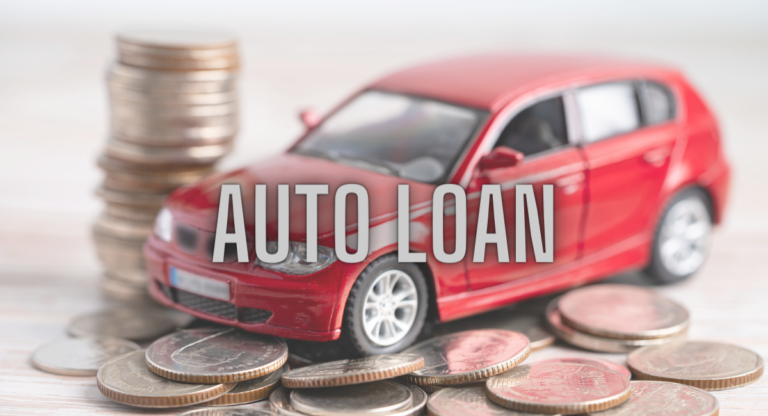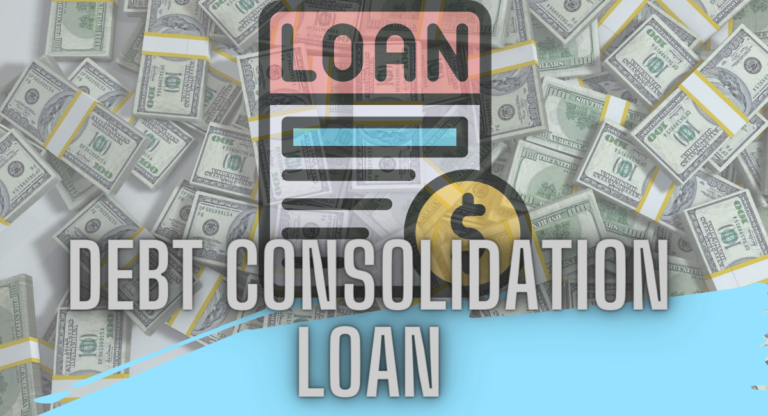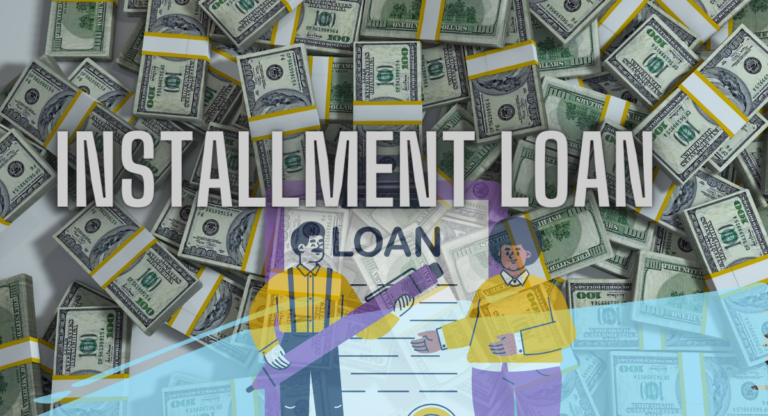A bridge loan is a short-term financing option that is used to bridge a gap between the current financial situation of a borrower and their future financial needs.
It is typically used in real estate transactions, especially when buying a new property before selling an existing one.
The idea is to provide temporary funding until a more permanent and long-term financing solution can be arranged.
Bridge Loan Meaning
A bridge loan is a short-term financing option used to buy a new property before selling the old one, with higher interest rates and a focus on bridging the financial gap between transactions.
Suppose you want to buy a new home but haven’t sold your current one yet. To secure the new property, you take out a bridge loan to cover the down payment and other immediate costs.
The bridge loan helps you bridge the financial gap until you sell your existing home, at which point you can pay off the bridge loan or secure a more traditional long-term mortgage.
How does a bridge loan work?
Here’s a step-by-step explanation of how a bridge loan typically works:
- Need for Immediate Funds:
- You want to buy a new property but haven’t sold your existing one yet.
- You need immediate funds for the down payment and other costs associated with the new property purchase.
- Application and Approval:
- You apply for a bridge loan with a lender, providing details about your current property, the property you intend to purchase, and your financial situation.
- The lender assesses your creditworthiness, the value of the existing property, and the potential for selling it within the required timeframe.
- Loan Approval and Terms:
- If approved, the lender specifies the terms of the bridge loan, including the loan amount, interest rate, fees, and the repayment period. Bridge loans are typically short-term, often ranging from a few weeks to a few years.
- Collateral:
- The bridge loan is usually secured by the collateral of either the existing property or the one you’re planning to purchase. This provides security for the lender in case you are unable to repay the loan.
- Down Payment on New Property:
- You use the funds from the bridge loan to make the down payment on the new property and cover other immediate costs related to the purchase.
- Selling Existing Property:
- Simultaneously, you actively work on selling your existing property. The goal is to sell it within the specified timeframe, usually within a year.
- Repayment:
- Once the existing property is sold, you use the proceeds to repay the bridge loan in full. If the sale doesn’t cover the entire loan amount, you may need to secure additional financing or use personal funds to repay the remaining balance.
- Potential Exit Strategies:
- Borrowers often have multiple exit strategies, such as selling the existing property, securing a traditional mortgage, or other long-term financing solutions.

Is Debt Consolidation a Good Reason to Get a Loan?
How Hard Is It to Get a Debt Consolidation Loan?
Does a Consolidation Loan Hurt Your Credit Score?
Requirements
The interest rates on bridge loans can vary widely and are influenced by factors such as the lender’s policies, the borrower’s creditworthiness, and the specific terms of the loan.
Generally, bridge loan interest rates tend to be higher than those of traditional mortgages because of the short-term nature and higher risk associated with these loans.
Interest rates on bridge loans may be fixed or variable, and they can range from a few percentage points above the prime rate to double-digit percentages.
It’s essential for borrowers to carefully review and understand the terms and conditions, including the interest rate structure, before opting for a bridge loan. Lenders may charge fees, such as origination fees or administrative fees, which can also contribute to the overall cost of the loan.
Bridge Loan Interest Rates
| Lender | Interest rate |
| State Bank of India | 10.35% per annum* |
| Bank of Baroda | 10.25% per annum* |
| HDFC Bank | 12.30% per annum* |
| Piramal Capital and Housing Finance | 16.55% per annum* |
frequently asked questions
What is the typical duration of a bridge loan?
Bridge loans are short-term, usually ranging from a few weeks to a few years. They are not intended as long-term financing solutions.
Are there any fees associated with bridge loans?
Yes, lenders may charge fees such as origination fees, administrative fees, or appraisal fees. Borrowers should carefully review all associated costs before proceeding.
Can I use a bridge loan for purposes other than real estate?
While bridge loans are commonly associated with real estate transactions, they can be used for various purposes where temporary financing is needed, such as covering business expenses or investments.
Can I repay a bridge loan early?
Yes, depending on the terms of the loan, you may have the option to repay the bridge loan early without incurring prepayment penalties. Always check with your lender to understand their specific terms.
Is a bridge loan the same as a home equity loan?
No, a bridge loan and a home equity loan are different. A bridge loan is used to facilitate the purchase of a new property, while a home equity loan is based on the equity in an existing property.










